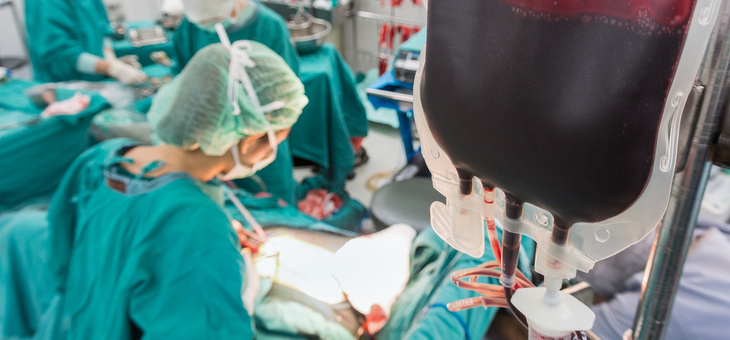A range of commonly used medical devices has been responsible for 83,000 deaths worldwide and 170 in Australia, according to a global investigation by the ABC and the International Consortium of Investigative Journalists (ICIJ).
The investigation team’s report also revealed that 1.7 million people had been injured in the past decade as a result of the devices, including more than 8500 in Australia.
The ICIJ report divided the ‘devices’ into four groups: low risk, such as slings, bandages and tongue depressors; low-to-medium risk, such as X-ray film and intravenous tubing; medium-to-high risk, such as surgical meshes and blood bags, and high risk, such as pacemakers and cochlear implants.
It explains that more than 57,000 medical devices have been approved for use in Australia and that many improve lives. However, “lax regulations and vested interests” have allowed dangerous devices into the country and many recipients of these devices may not be aware of the risks, it says.
“Risky medical devices undergo a process called ‘conformity assessment’ before being approved in Australia. About 90 per cent of these assessments, for the most serious devices, are carried out in Europe by for-profit private certifiers called ‘notified bodies’,” the report says.
The Therapeutic Goods Administration (TGA) regulates the safety of medical devices in Australia, but only the highest risk devices are automatically audited.
The TGA has defended Australia’s approval system, with deputy secretary Professor John Skerritt telling the investigation it was wrong to say Australia “rubberstamped” approval given to devices made in Europe.
“We call in additional evidence depending on whether we’re not happy with what we see from Europe, or for high-risk devices, we automatically call in the full gamut of evidence,” he said.
“The Australian system isn’t just the same as the European system. It’s very definitely Europe plus.”
Associate Professor Wendy Bonython, from the University of Canberra, said she believed there were flaws in the way medical devices were regulated in Australia.
“There are patients who have suffered catastrophic consequences as a result of device failure,” she told investigators.
“The TGA’s focus is very much on manufacturers and the market. Somewhere along the line it needs to bring its focus back more on consumers and look at some of the consequences of device failure on consumers.”
Have you had an experience with a faulty medical device? Were you warned about any potential problems?
Related articles:
Private health insurance exodus
Warning signs of kidney disease
Should you worry about dizziness?

